A hazard is a process, phenomenon or human activity that possesses the potential to cause loss of life, injury or other health impacts, property damage, social and economic disruption or environmental degradation. Hazards may be natural, anthropogenic or socio-natural in origin. Hazards in themselves do not cause loss of life or destruction of properties; they only have the potential to cause them. Hazards metamorphose into disasters.
Four Important Elements of Hazards:
1) Hazard is expressed as a probability, the likelihood that something may happen in the future. When, where and how much is not sure, but it is possible to identify areas where a hazard is more likely to occur than in other areas.
2) The hazard probability is restricted to a specified period, usually a year. The annual probability is the likelihood that an event will happen in the next year.
3) It is valid for a specified area; Earthquakes happen near fault zones, floods on floodplains, and landslides on slopes. The site-specific characteristics co-define the hazard conditions.
4) The intensity –or magnitude –of the event. To be capable of causing loss of life or damage, the event must be of a certain intensity or magnitude.
Different Classification of Hazards
Hazards are often categorised by whether they are natural (sometimes termed physical) or technological (sometimes called man-made or human-induced). The term 'peril' is sometimes used instead of hazard, particularly in the insurance industry.
Hazard Characteristics
• Triggering factors: Natural causes of hazards can be divided into two main groups: exogenic and endogenic factors. Exogenic factors are mainly related to atmospheric conditions like precipitation, wind, temperature and other atmospheric parameters that can trigger natural hazards. The endogenic factors that take place below the earth's surface, e.g. Earthquakes, tectonics
• Spatial occurrence: Hazards don't occur in random areas but often follow defined patterns identified by certain characteristics. Landslides can occur only in areas with sufficient slope gradients, but not all slopes are prone to landslides; activity of previous mass movements in an area in combination with additional stability-affecting conditions are necessary for forecasting landslides.
• Duration of the event: The duration of a hazardous event refers to the period in which such event occurs. To quantify the duration, the starting and the ending points must be defined.
• Time of onset: The time of onset is the lapse of time from the occurrence of the first precursor to the intensity peak of the hazardous event. Before a hazard occurs, some preceding events can anticipate the main phenomenon. These events are defined as precursors. Depending on the hazard type, such "signs" can occur days, hours, or seconds before, or there cannot be at all.
• Frequency: Thisis the rate of occurrence of anything; the relationship between incidence and period; the number of occurrences within a certain period; the property of occurring often rather than infrequently; the quotient of the number of times n a periodic phenomenon occurs over the time t in which it occurs: f = n / t."
• Magnitude: This is related to the amount of energy released during the hazardous event or the hazard's size. Magnitude is indicated using a scale consisting of classes related to a (logarithmic) increase in energy.
• Secondary events: When hazards hit an area, they cause direct potential damage to human beings and man-made structures according to their magnitude and the vulnerable elements in the affected area. But hazards can indirectly hit people and their properties by triggering other harmful events. When a natural hazard is studied, the interactions with other events must be considered.
DISASTERS
An extreme event within the earth's system (lithosphere, hydrosphere, biosphere or atmosphere) which differs substantially from the mean, resulting in death or injury to humans and damage or loss of 'goods', such as buildings, communication systems, agricultural land, forest, and natural environment (Alexander, 1993). A disaster occurs when the threat of a hazard becomes a reality and impacts a vulnerable society.
Disaster can also be classified based on the main controlling factors leading to a disaster.
Risk Assessment
Disasters are sometimes considered external shocks, but disaster risk results from the complex interaction between development processes that generate exposure, vulnerability and hazard conditions. Disaster risk is therefore considered as the combination of the severity and frequency of a hazard, the number of people and assets exposed to the hazard, and their vulnerability to damage. Intensive risk is disaster risk associated with low-probability, high-impact events, whereas extensive risk is associated with high-probability, low-impact events.
Risk = Hazard x Exposure x Vulnerability (where x = multiplication symbol)
Why does disaster risk matter?
If current global patterns of increasing exposure, high levels of inequality, rapid urban development and environmental degradation grow, disaster risk may increase to dangerous levels.
If current trends continue, the number of disasters per year may increase from around 400 in 2015 to 560 annually in 2030 (UNDRR, 2022).
The average annual direct economic loss from disasters has more than doubled over the past three decades, showing an increase of approximately 145% from an average of around $70 billion in the 1990s to just over $170 billion in the 2010s (UNDRR, 2022).
How do we measure disaster risk?
Identifying, assessing and understanding disaster risk is critical to reducing it.
We can measure disaster risk by analysing trends of, for instance, previous disaster losses. These trends can help us to gauge whether disaster risk reduction is effective. We can also estimate future losses by conducting a risk assessment.
A thorough risk assessment takes into account the complete spectrum of potential disaster events, as well as the underlying causes and uncertainties. It can begin with an examination of past events and move forward by incorporating futuristic viewpoints and the projected effects of events like climate change that are changing historical trends. Additionally, risk assessment may take into account uncommon occurrences that are outside of predictions of potential dangers but that, according to scientific knowledge, could happen. It takes a variety of data and interdisciplinary results, combined with scenario creation and simulations, which can be augmented by experts from many disciplines, to predict uncommon events.
Data on risks, exposures, vulnerabilities, and losses help risk assessments be more accurate, which results in better ways to prevent, plan for, and manage the financial risk of disasters. Risk modelling is one of the contemporary methods of risk assessment, and it was made possible by the development of more potent and accessible computational resources. We can simulate the results and likelihood of various scenarios using risk models.
Risk assessments are produced in order to estimate possible economic, infrastructure, and social impacts arising from a particular hazard or multiple hazards. The components of assessing risk (and the associated losses) include:
Hazard is defined as the probability of experiencing a certain intensity of hazard (e.g. Earthquake, cyclone etc.) at a specific location and is usually determined by a historical or user-defined scenario, probabilistic hazard assessment, or another method. Some hazard modules can include secondary perils (such as soil liquefaction or fires caused by earthquakes, or storm surge associated with a cyclone).
Exposure represents the stock of property and infrastructure exposed to a hazard, and it can include socioeconomic factors. They are alternatively referred to as elements at risk, including population, buildings, infrastructures and anything that can be at risk of the occurrence of a disaster.
Vulnerability: The susceptibility of the assets exposed to the forces produced by the danger to harm is accounted for by vulnerability. According to a given exposure, the fragility and vulnerability functions evaluate the damage ratio, consequential loss, and/or societal cost (such as the number of injured, homeless, and murdered) resulting from a hazard.
REFERENCES
Disaster Risk | Understanding Disaster Risk. http://paforestheritage.org/disaster-risk.html
Hazard | Understanding Disaster Risk. https://www.preventionweb.net/understanding-disaster-risk/component-risk/hazard?utm_source=LinkedIn&utm_campaign=PreventionSavesLives
United Nations Office for Disaster Risk Reduction (UNDRR). (2022). Global Assessment Report on Disaster Risk Reduction 2022: Investing in a resilient future. Retrieved from https://www.undrr.org/publication/global-assessment-report-disaster-risk-reduction-2022
Cover Photo: Source - encyclopedia britannica..

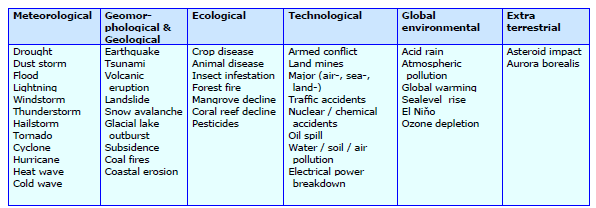
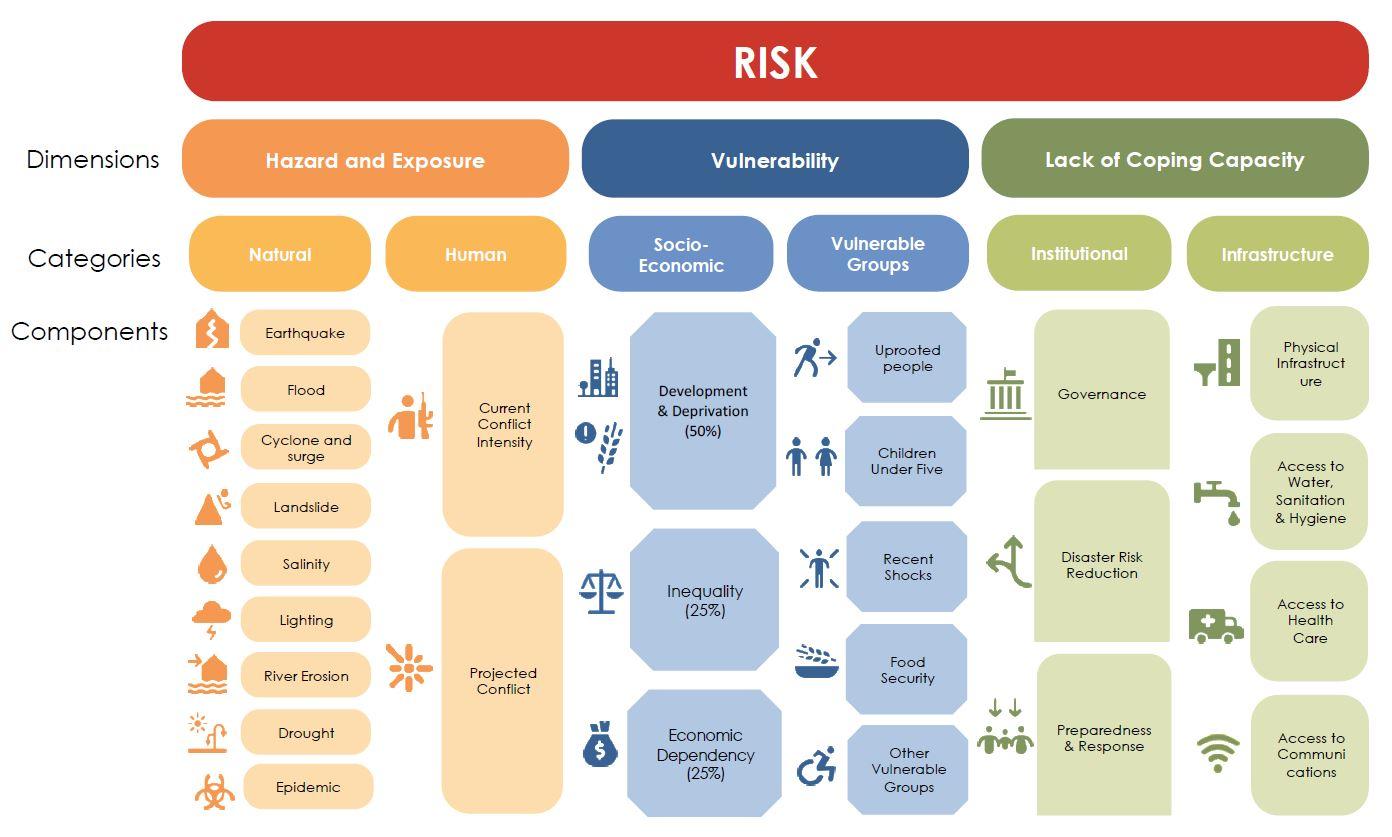
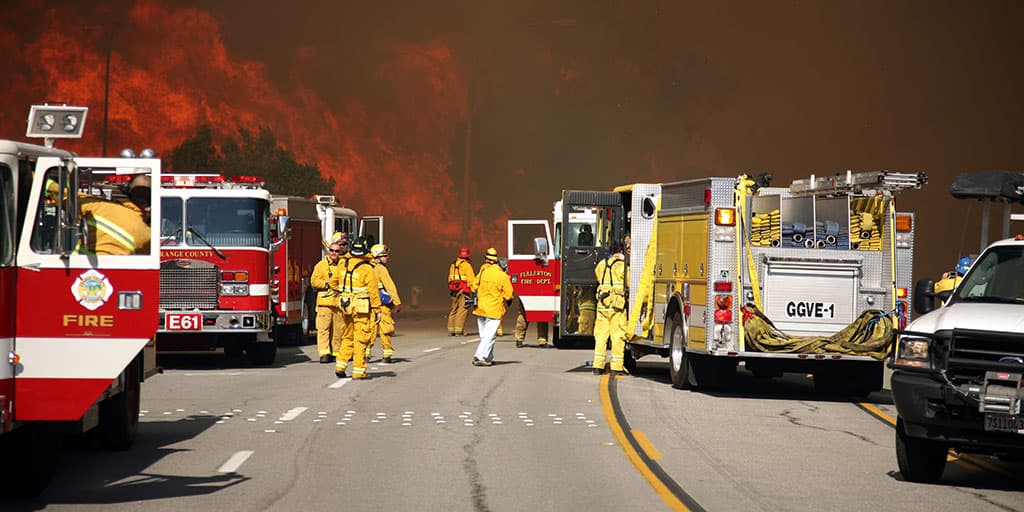
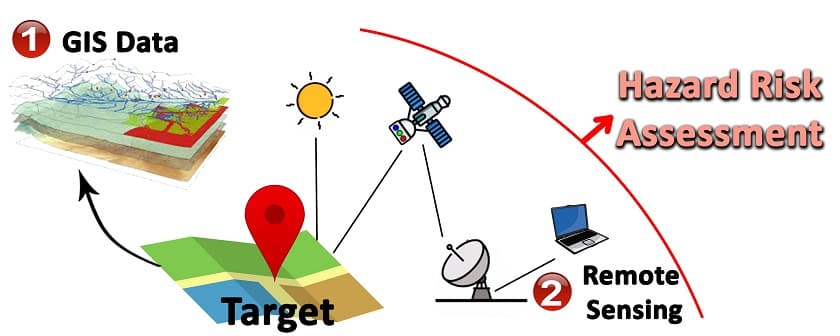
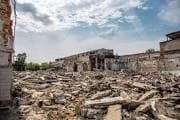



.jpeg&w=3840&q=75)

